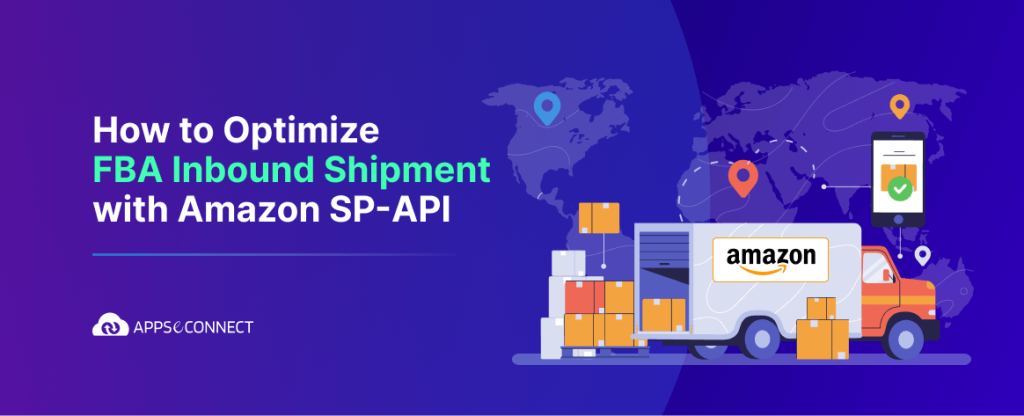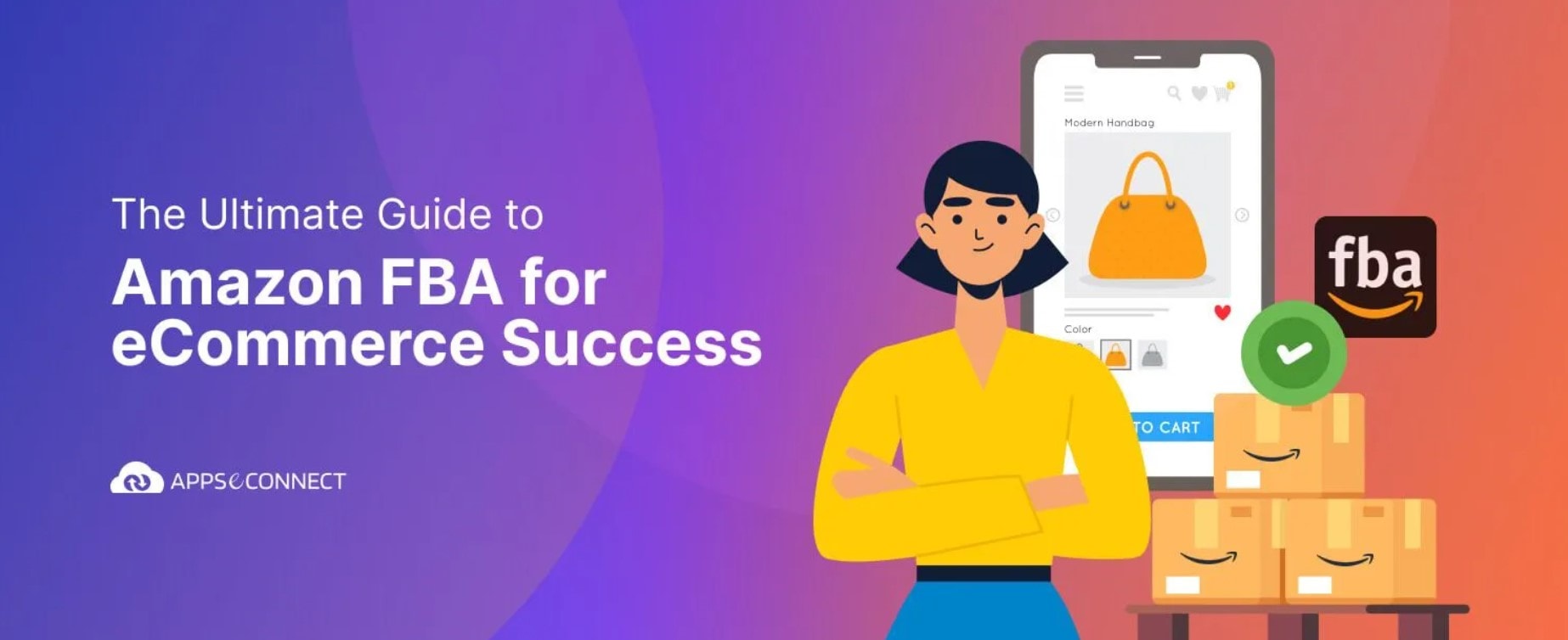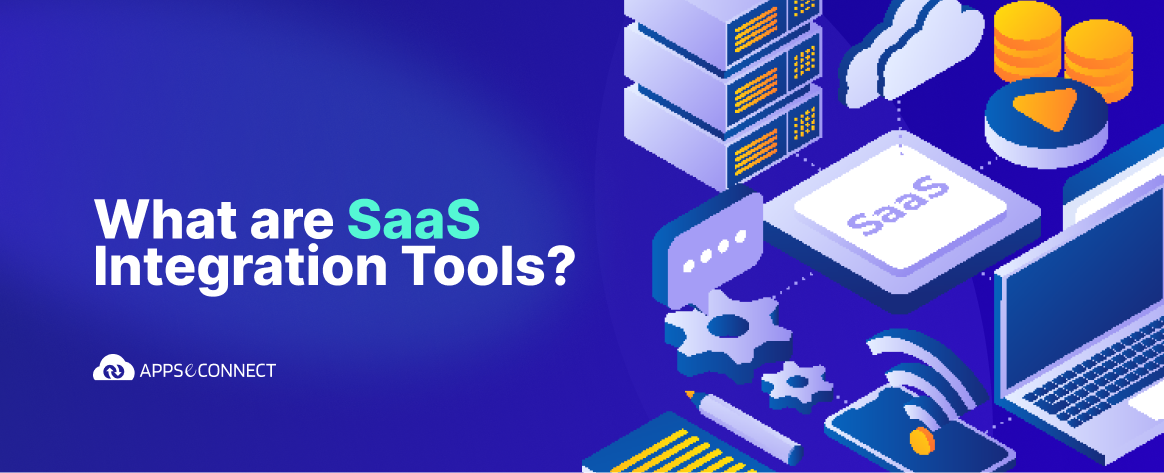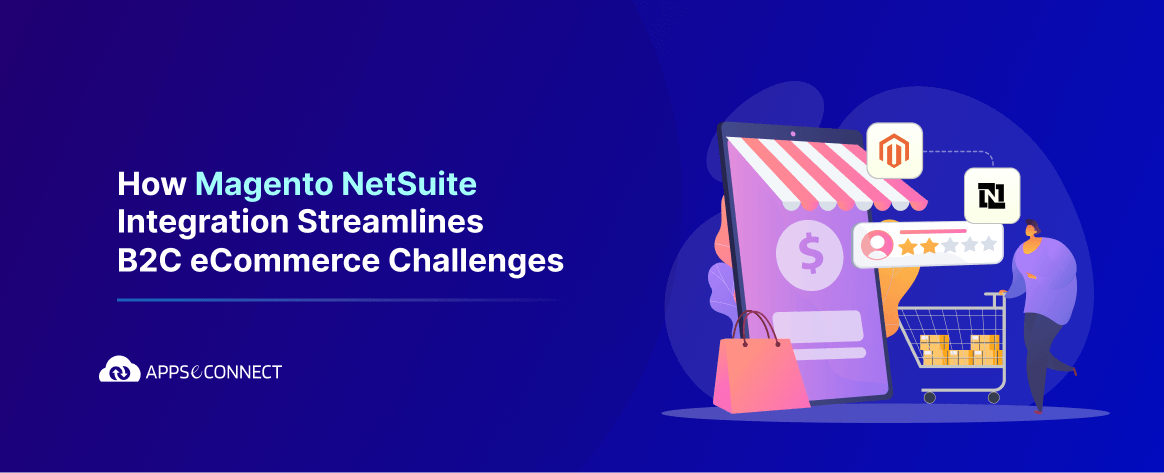You’ve carefully packed and shipped your products to Amazon’s fulfillment centers as part of the FBA inbound shipment. You expect a smooth shipment so your inventory is replenished, and orders keep flowing. But instead of seeing your inventory listed, you’re met with frustrating issues: items that Amazon claims haven’t arrived yet, missing products, or delays caused by packaging and labeling errors. It’s not just an inconvenience—it’s a major business headache.
These common inbound shipment problems don’t just disrupt your operations; they can severely impact your bottom line. Missing items skew your inventory data, stock level discrepancies lead to lost sales, and the financial toll of returned or canceled orders can be substantial. It’s a domino effect that leaves your business grappling with uncertainty and losses.
But there’s an easy way out of this mess. We’ll reveal how leveraging Selling Partner (SP) APIs can help you cut through the confusion, fix those frustrating issues, and have a smooth and hassle-free experience with Amazon’s inbound shipments.
What is Amazon FBA?
Fulfilled by Amazon (FBA) is a special service from Amazon that can be a game-changer for e-commerce sellers. With FBA, you get to tap into Amazon’s fulfillment network, allowing you to store, pack, and ship your products without a hitch. Your customers get their orders fast, and you get to focus on growing your business.
Here’s a quick dive into what makes Amazon FBA a standout solution:
Seamless Fulfillment
With FBA, you send your products to Amazon’s fulfillment centers, and Amazon handles the rest. From storage and packing to shipping and customer service, it’s a full-service solution that takes the heavy lifting off your shoulders.
Access to Amazon’s Network
By using FBA, you tap into Amazon’s vast logistics network. This means faster shipping times, access to Prime customers, and the reliability of one of the most advanced distribution systems in the world.
Enhanced Seller Support
Amazon also manages customer service and returns for FBA orders. This added layer of support frees up your time, allowing you to concentrate on scaling your business rather than dealing with customer queries and product returns.
In essence, Amazon FBA isn’t just about outsourcing logistics; it’s about leveraging Amazon’s extensive resources to deliver a top-notch experience for your customers while simplifying the complexities of e-commerce fulfillment.
Want to know more about Amazon’s FBA service? Click below for a complete guide.
Understanding Amazon’s FBA Inbound Shipment Process
The inbound shipment process is a critical component of Amazon FBA, ensuring your products are available for sale as soon as possible. Inbound shipment refers to the process of sending your products to Amazon to ensure your items are always in stock in Amazon’s inventory. Here’s a breakdown of how it works and why it matters for your business:
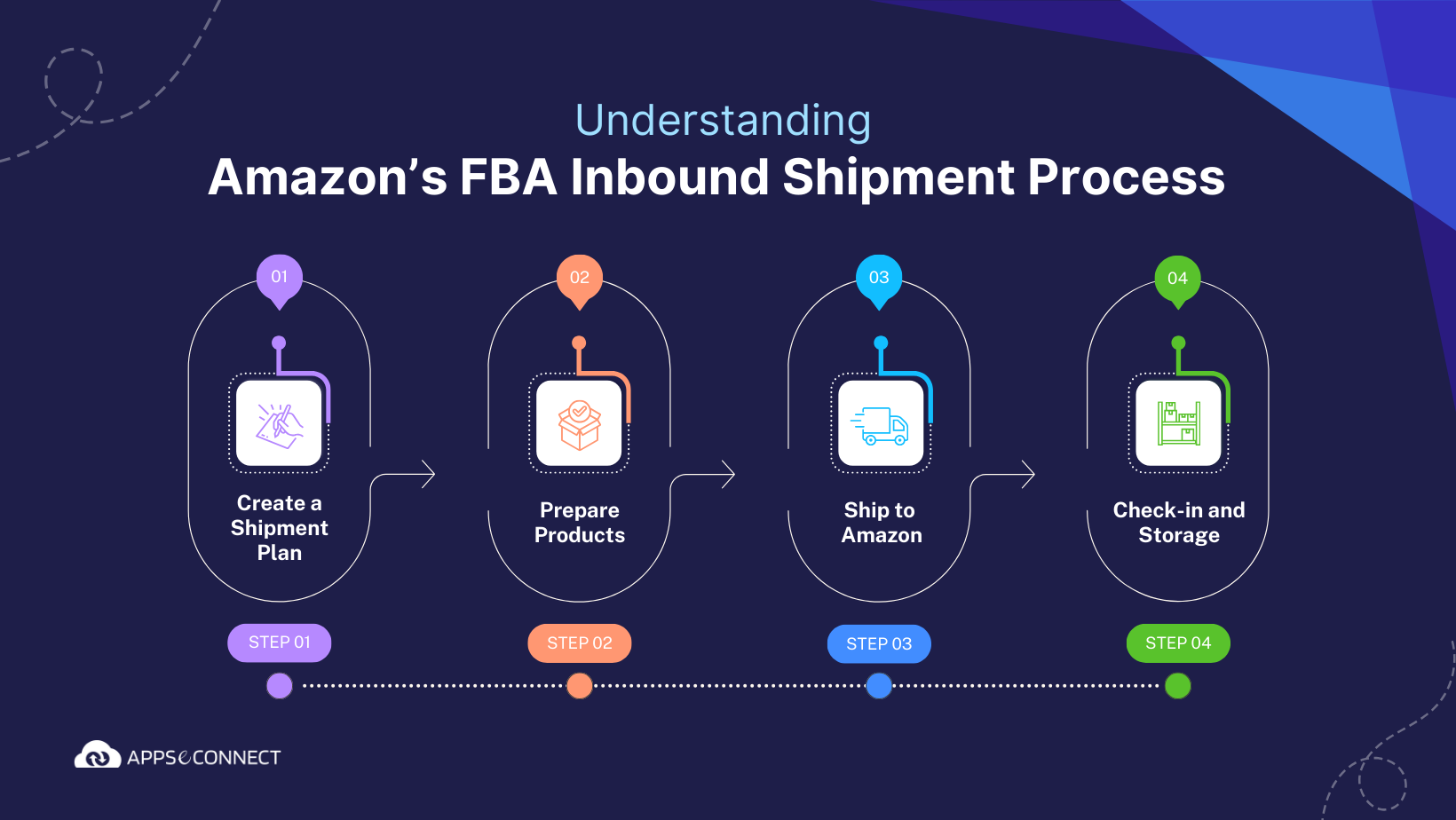
Create a Shipment Plan
The first step is to create a shipment plan in your Amazon Seller Central account. This involves selecting the products you want to send, specifying quantities and the particular Amazon fulfillment center, etc. This plan helps Amazon prepare for your incoming shipment and ensures your products are routed to the right fulfillment centers.
Prepare Products
Next, you need to pack and label your products according to Amazon’s guidelines. This includes ensuring items are packed securely and labeled correctly with barcodes or other identifiers. Proper preparation helps avoid delays and issues during the receiving process at Amazon’s fulfillment centers. Amazon also offers the FBA label service at an additional cost.
Ship to Amazon
Once your products are packed and labeled, you ship them to the designated Amazon fulfillment centers. Amazon provides shipping labels and instructions to ensure your products reach their destination efficiently. You can also use the Amazon Partnered Carrier program to ship products, which will cost additional fees.
Check-in and Storage
Upon arrival, Amazon’s team checks in your products and stores them until they are sold. This involves verifying the shipment, updating inventory levels, and ensuring everything is correctly accounted for.
Importance of FBA Inbound Shipment for Merchants
The inbound shipment process is crucial for maintaining smooth operations and maximizing the benefits of Amazon FBA. Here’s why:
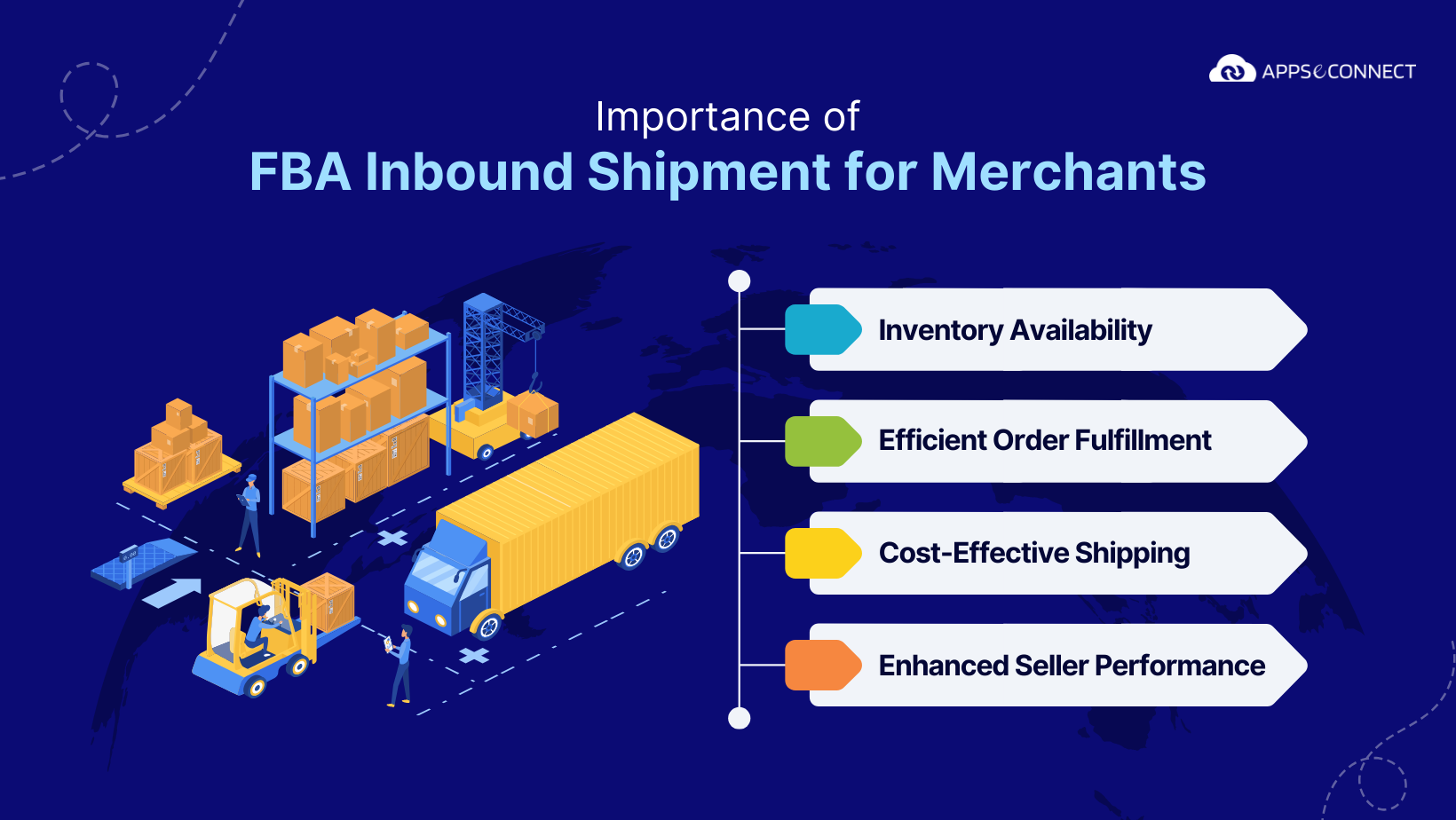
Inventory Availability
Timely and accurate inbound shipments ensure that your products are available in Amazon’s fulfillment centers and ready to be shipped to customers. This helps maintain a steady flow of orders and minimizes stockouts.
Efficient Order Fulfillment
A smooth inbound shipment process contributes to faster order fulfillment. The quicker your products are processed and stored, the faster they can be shipped to customers, enhancing their shopping experience.
Cost-Effective Shipping
Shipping products to Amazon’s fulfillment centers can be more economical compared to managing logistics independently. Amazon’s shipping rates and bulk shipping options often result in cost savings for sellers.
Enhanced Seller Performance
Consistent and accurate inbound shipments help improve your seller metrics. When inventory is managed efficiently, it positively impacts your seller ratings and helps build customer trust.
Problems and Challenges with FBA Inbound Shipment
While Amazon FBA offers undeniable benefits, the inbound shipment process is not without its challenges. Many mid-market and enterprise-level businesses experience significant pain points that can disrupt their supply chain and hinder overall performance. Here are some of the most common but serious problems you might face during the inbound shipment process:
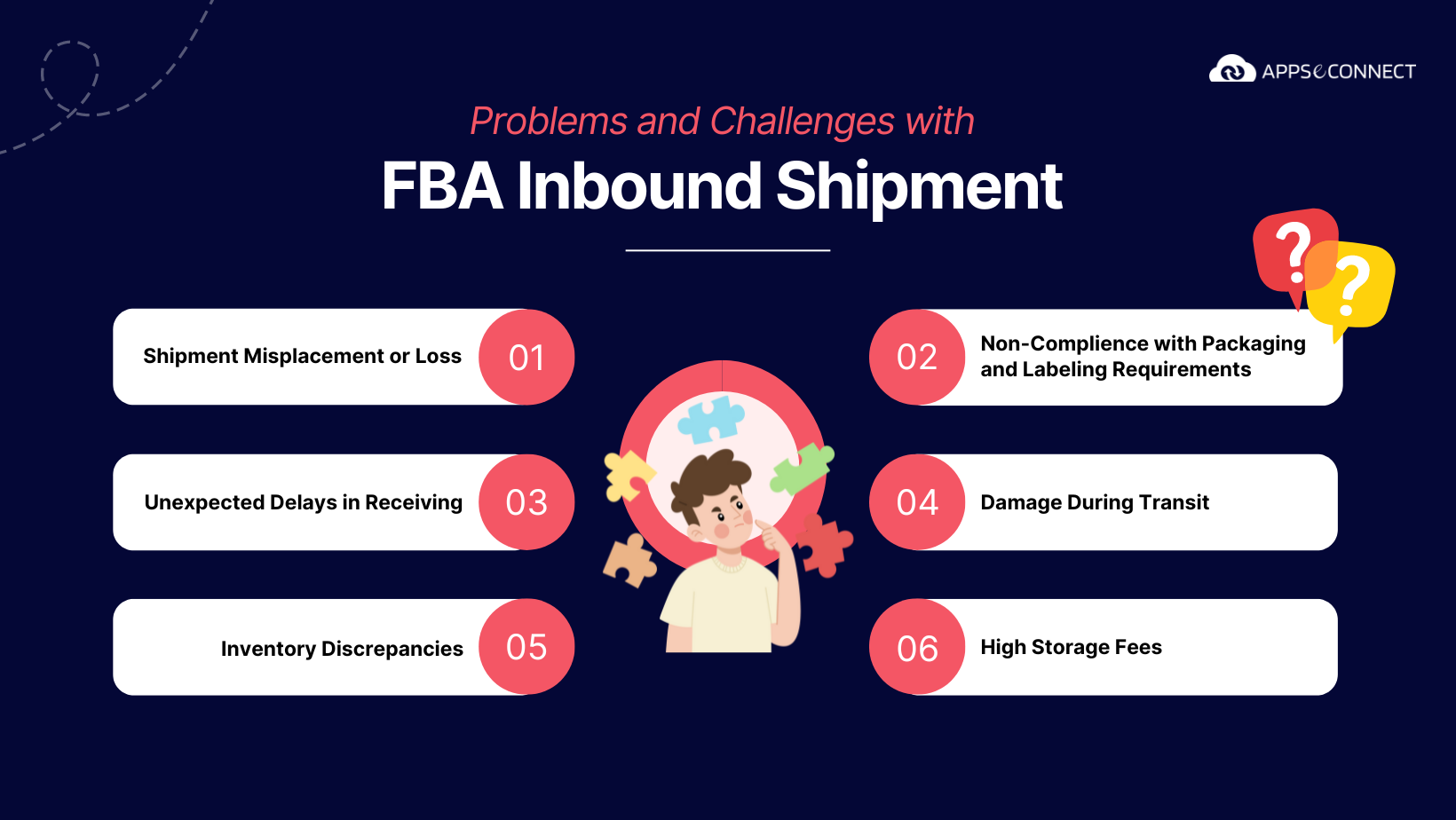
Shipment Misplacement or Loss
One of the most frustrating issues is the misplacement or outright loss of shipments. You’ve done everything right—packed your products securely, labeled them according to Amazon’s guidelines, and shipped them on time—yet when your shipment arrives at the fulfillment center, items are inexplicably missing. This isn’t just an inconvenience; it leads to inventory discrepancies, potential stockouts, and the risk of customer dissatisfaction due to delayed or canceled orders.
Misplaced or lost shipments directly impact your inventory accuracy and customer satisfaction, leading to lost revenue and trust.
Unexpected Delays in Receiving
Even when your products reach Amazon’s fulfillment centers, the journey isn’t over. The time it takes for Amazon to check in your shipment and update your inventory can be surprisingly long, sometimes stretching into weeks. These delays not only disrupt your inventory flow but also lead to lost sales opportunities, particularly during peak shopping periods when every minute counts.
Delays in receiving shipments can result in missed sales opportunities and operational bottlenecks, undermining your business’s ability to meet customer demand.
Inventory Discrepancies
Another common issue is discrepancies between what you sent and what Amazon records as received. Whether due to counting errors or damage during transit, these discrepancies can result in missing stock and inaccuracies in your inventory levels, throwing off your supply chain and leading to potential revenue loss.
Inventory discrepancies can create a ripple effect of stockouts, lost sales, and strained customer relationships.
Non-Compliance with Packaging and Labeling Requirements
Amazon’s stringent packaging and labeling requirements are designed to streamline the inbound process, but they can also be a double-edged sword. Even minor mistakes—such as incorrect labels, improper packaging, or failing to adhere to Amazon’s specific guidelines—can lead to shipment rejections, delays, or additional fees. These compliance issues can stall your operations and add unexpected costs to your bottom line.
Non-compliance with Amazon’s guidelines can lead to costly delays and penalties, negatively affecting your bottom line and operational efficiency.
Damage During Transit
Despite your best efforts, products can still arrive damaged at the fulfillment center. Whether it’s due to rough handling during transportation or inadequate packaging, damaged goods can’t be sold, leading to direct losses. Moreover, managing these damaged items—whether through returns, replacements, or claims—adds another layer of complexity and cost.
Damaged goods erode profit margins and increase operational complexity, burdening your business with additional costs and logistical challenges.
High Storage Fees
While Amazon’s fulfillment centers offer the convenience of storage, they also come with a price—literally. Storing inventory for too long can lead to high storage fees, especially for slow-moving products. If your inbound shipments aren’t timed well or if you overestimate demand, you could end up with excess inventory that racks up significant costs over time.
Poor inventory management and timing can lead to inflated storage costs, draining your profitability over time.
Leveraging SP APIs to Conquer FBA Inbound Shipment Challenges
Amazon’s Selling Partner (SP) APIs are a suite of application programming interfaces (APIs) designed to help sellers and developers access and manage data related to their Amazon selling activities. Previously, these functionalities were provided through the Amazon Marketplace Web Service (MWS) APIs.
SP-APIs provide a direct and automated way to interact with Amazon’s platform, enabling you to retrieve information, manage inventory, process orders, and more—all without needing to log into Seller Central manually.
Here’s what they can do for your business:
Automate Operations: SP APIs allow you to automate key processes such as updating inventory, retrieving order data, and managing shipments. This reduces manual effort and increases efficiency.
Real-Time Data Access: With SP APIs, you can access real-time data about your inventory, shipments, and orders. This immediate access to information helps you make informed decisions quickly, whether it’s about restocking products or resolving discrepancies.
Improve Accuracy: By integrating SP APIs into your systems, you reduce the risk of human error in managing your Amazon business. Automated data retrieval and updates ensure that inventory placement and shipment tracking are always accurate.
Enhance Flexibility: SP APIs give you the flexibility to customize how you manage your Amazon operations. Whether you’re integrating with an ERP, CRM, or another system, these APIs allow for seamless data exchange and management.
Key SP APIs for Managing Inbound Shipments
Amazon’s Selling Partner (SP) API suite includes several specific Fulfillment Inbound APIs designed to help you manage the shipment of FBA products more effectively.
FBA Inbound Shipment API
This API is central to managing your inbound shipments. It allows you to retrieve information about your shipments, including their status, destination fulfillment center, and the items they contain. You can also use this API to track the progress of your shipment through different stages—from when it’s shipped to when it’s received by Amazon.
Use Case: Track shipment status in real-time, identify delays, and ensure that your inventory is accurately updated in Amazon’s system.
FBA Shipment Items API
This API provides detailed data about the items included in a specific shipment. You can see what was shipped, what was received, and whether there are any discrepancies between the two. It’s particularly useful for identifying and resolving issues related to missing or miscounted items.
Use Case: Verify that the quantities shipped match what Amazon has received, and quickly resolve any discrepancies to maintain accurate inventory records.
FBA Shipment Plans API
This API helps you create and manage your inbound shipment plan before sending products to Amazon. By specifying the products, quantities, and fulfillment centers, you can plan your shipments more efficiently, ensuring that Amazon is prepared to receive your inventory.
Use Case: Streamline the preparation and shipping process by creating detailed and accurate shipment plans, reducing the risk of errors or delays.
FBA Shipment Label API
This API allows you to generate and retrieve shipping labels for your inbound shipments. Correct labeling is crucial for ensuring that your products are properly identified and routed within Amazon’s fulfillment centers.
Use Case: Ensure that your shipments are correctly labeled according to Amazon’s requirements, minimizing the risk of misrouted or delayed shipments.
FBA Prep Instructions API
This API provides guidance on how to prepare and package your products according to Amazon’s requirements. It helps you ensure that your shipments comply with Amazon’s standards, reducing the risk of rejection or delays.
Use Case: Confirm that your products are packaged and labeled correctly before shipping to avoid non-compliance issues that can lead to delays or additional costs.
How Can Businesses Leverage the Capabilities of SP-APIs?
Businesses can develop their own custom solutions or use a middleware integration platform to optimize the inbound shipment process with SP-APIs. For mid-sized and larger enterprises, the cost and effort for developing custom solutions is too high. So it makes sense for businesses selling through FBA to choose an integration platform that can offer custom solutions through Amazon Seller Central integration.
How Can APPSeCONNECT Help?
APPSeCONNECT is an intelligent integration platform as a service (iPaaS) that integrates Amazon Seller Central with ERP systems, such as:
- Amazon – SAP Business One Connector
- Amazon – SAP S/4HANA Connector
- Amazon – Microsoft Dynamics NAV/Business Central
These integrations connect various endpoints between Amazon and your ERP system such as orders, items, inventory, and more, through which we can automate and streamline many essential processes in Amazon Seller Central. For inbound shipments, our integration also utilizes SP-APIs to generate regular FBA inventory reports as a CSV/Excel within an FTP/SFTP folder which will provide a comprehensive view to the merchant.
Simply put, businesses can easily access a report within their ERP system containing detailed information about their FBA shipments. The best part is that this integration works behind the scenes, with our expert service and support team doing all the heavy lifting.
Without much hassle, you can implement an effective solution that gives you much-needed clarity for inbound shipments leveraging SP-APIs.
If you’re struggling with various issues regarding inbound shipment to Amazon and looking for a reliable solution to track and manage your FBA shipments, we can help. Contact us for more information or schedule a demo to see how APPSeCONNECT can easily optimize the stressful inbound shipment process and ensure your inventory levels are always well-stocked.


